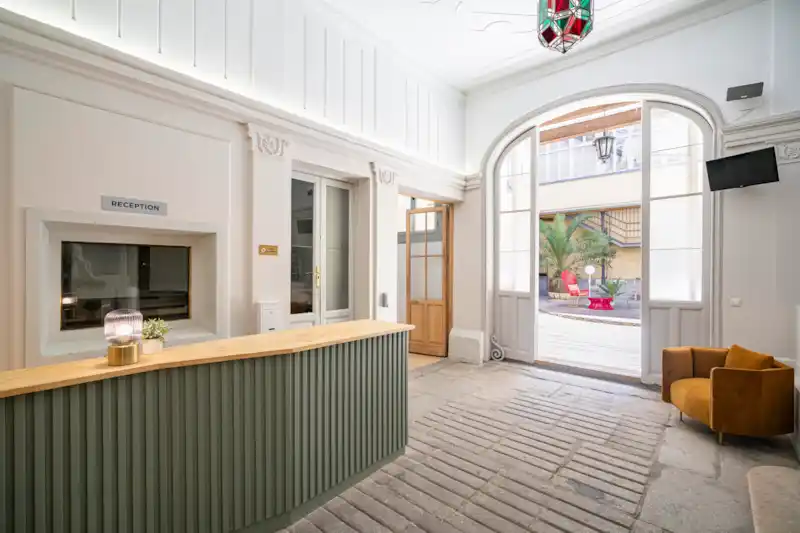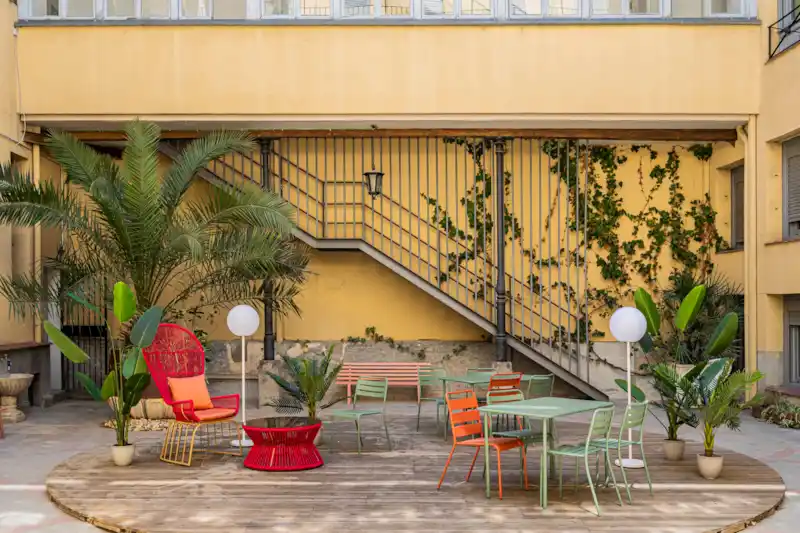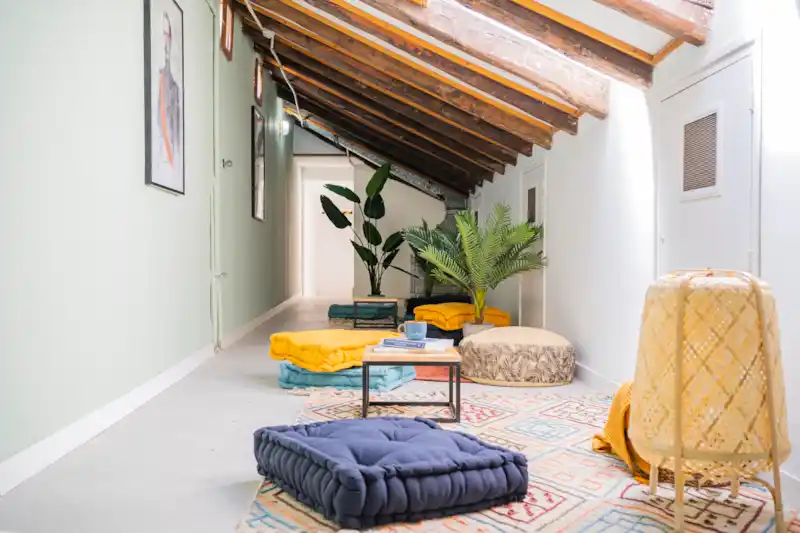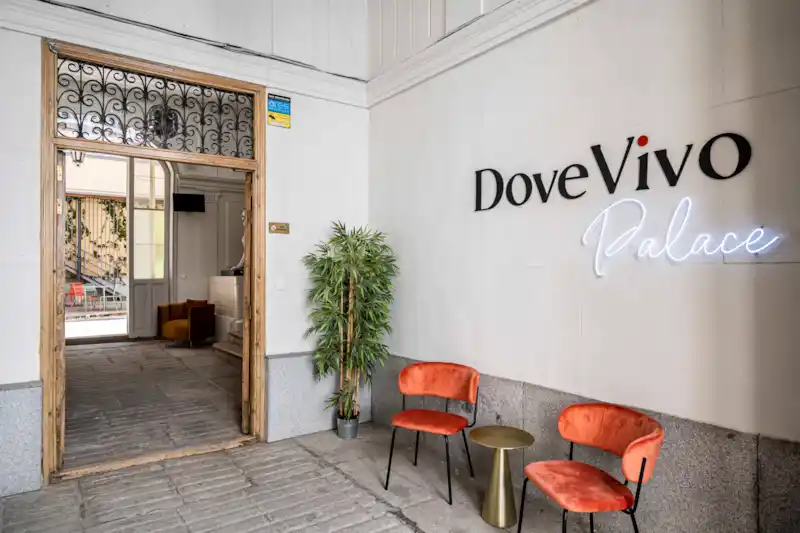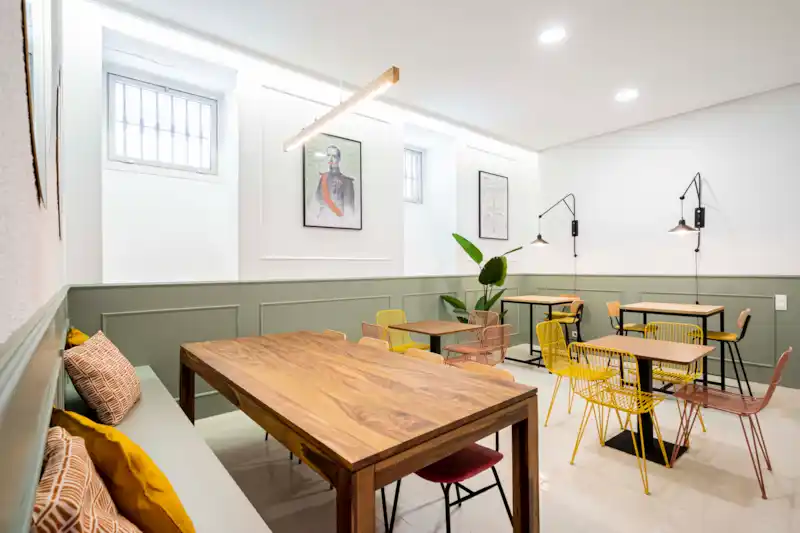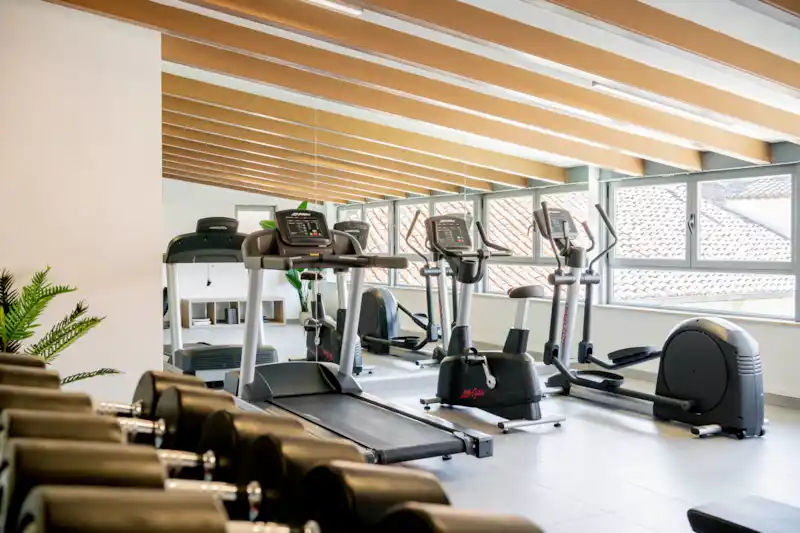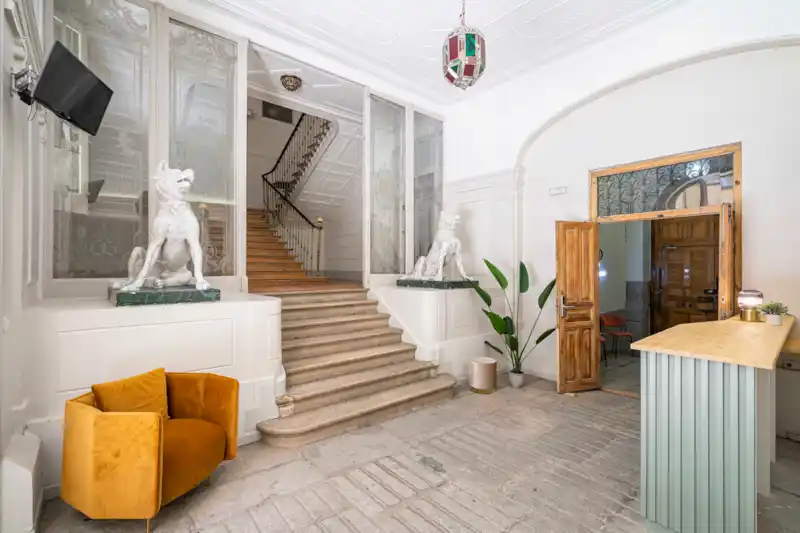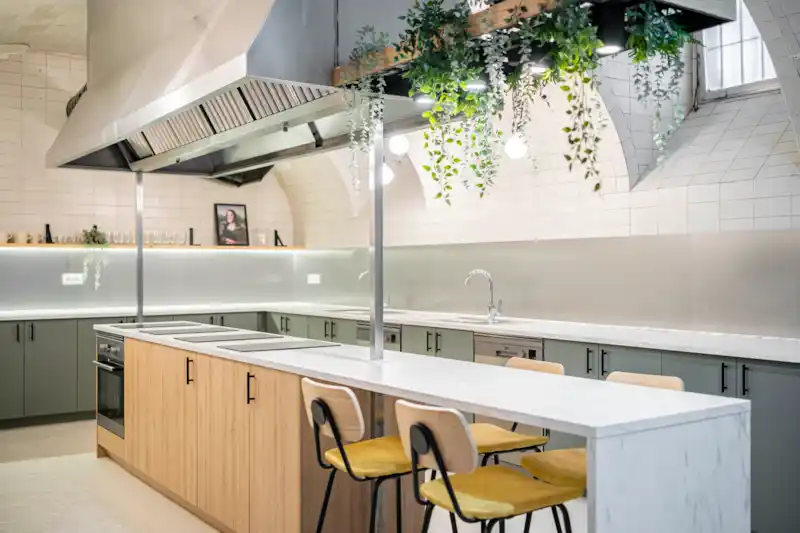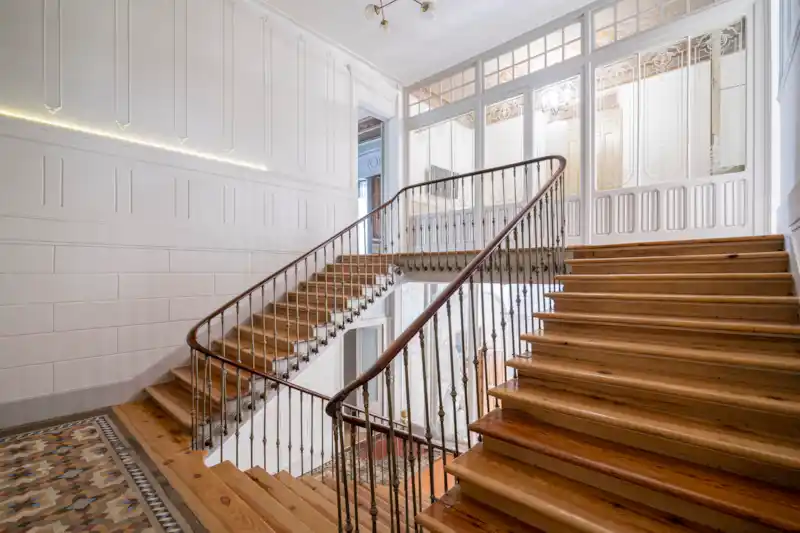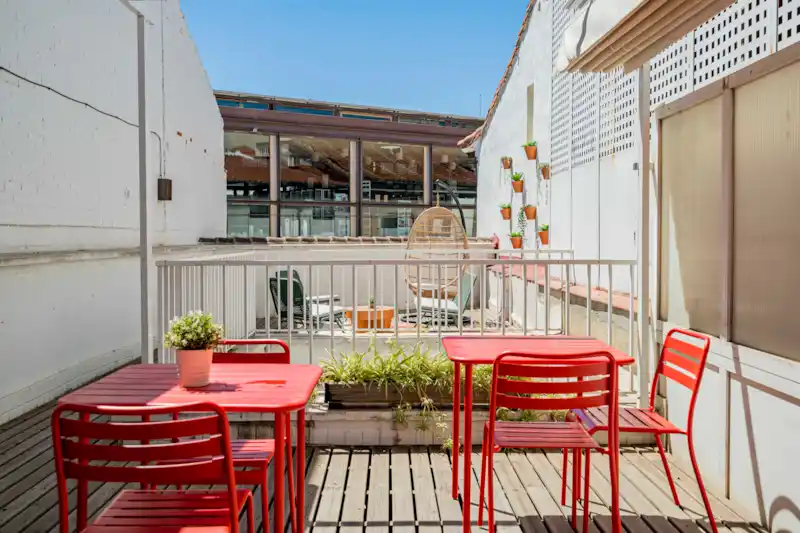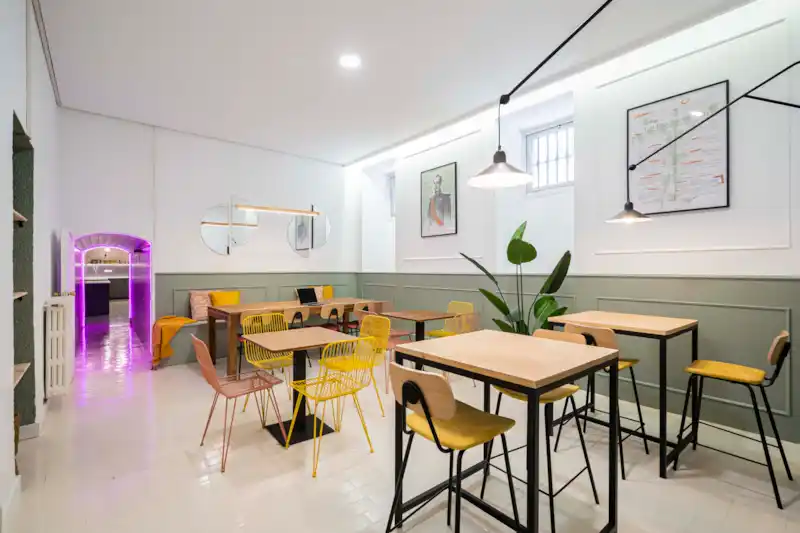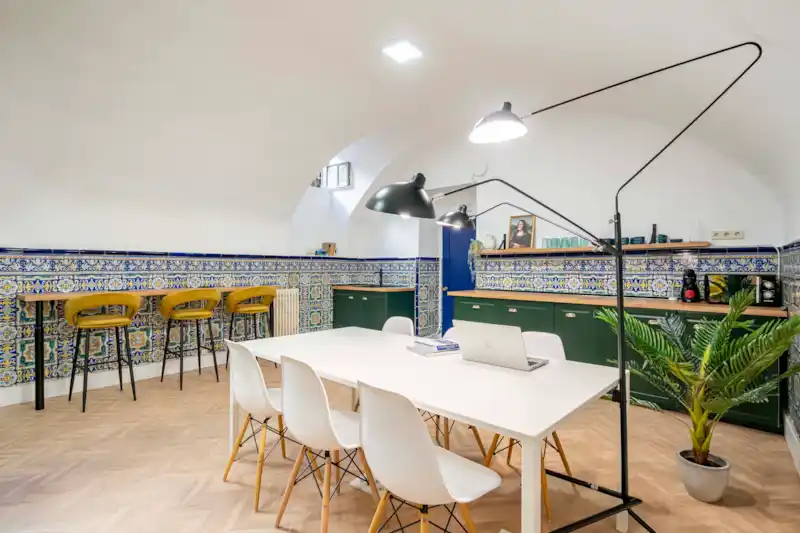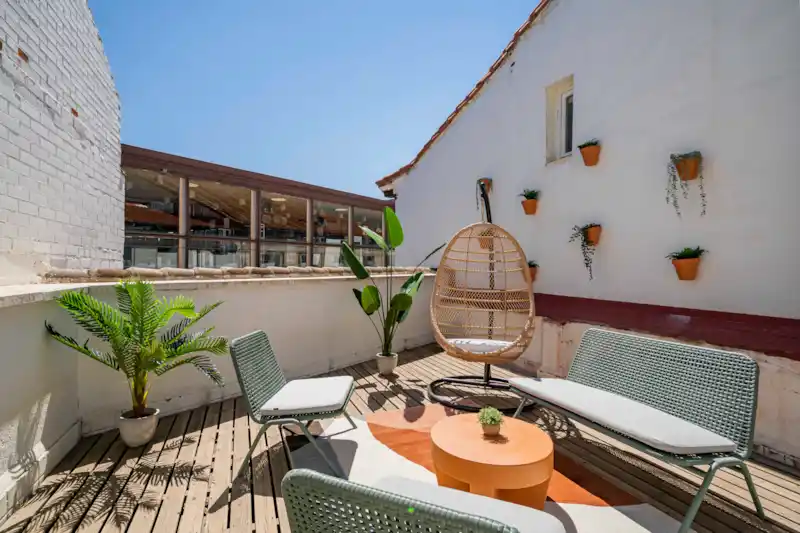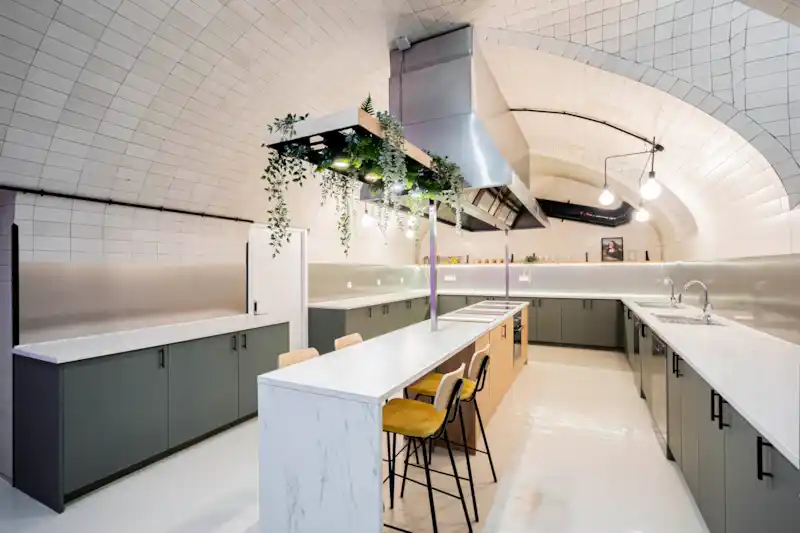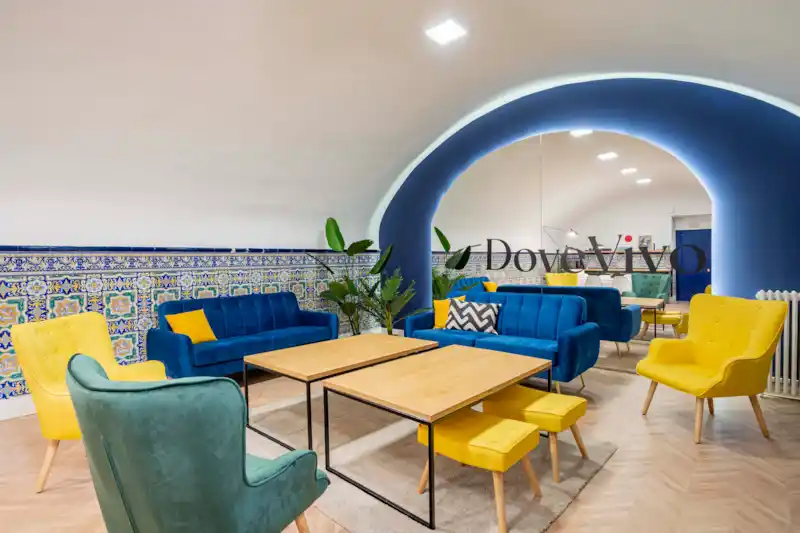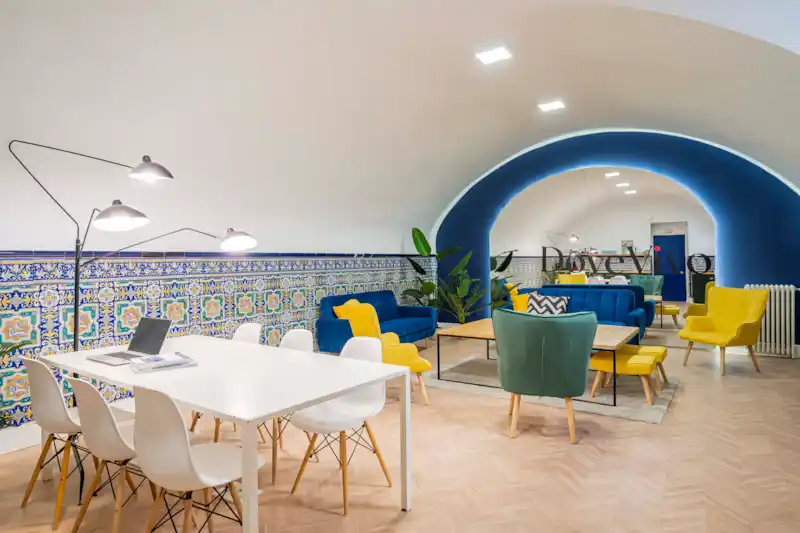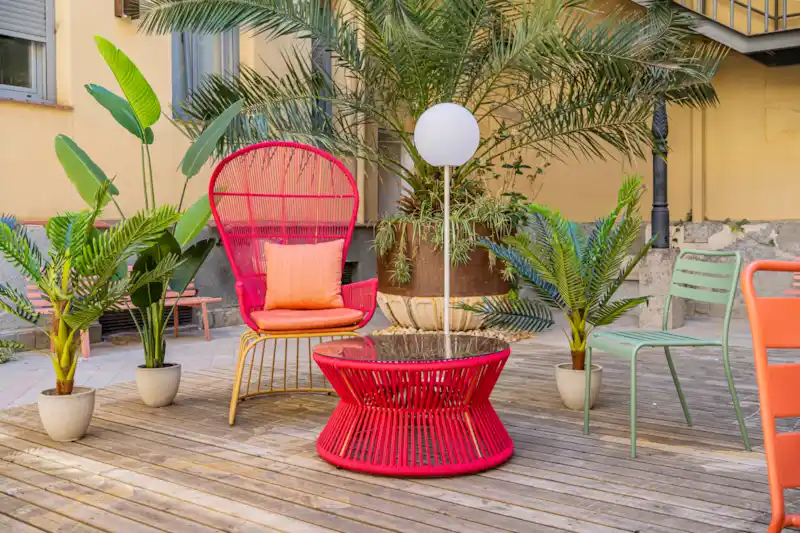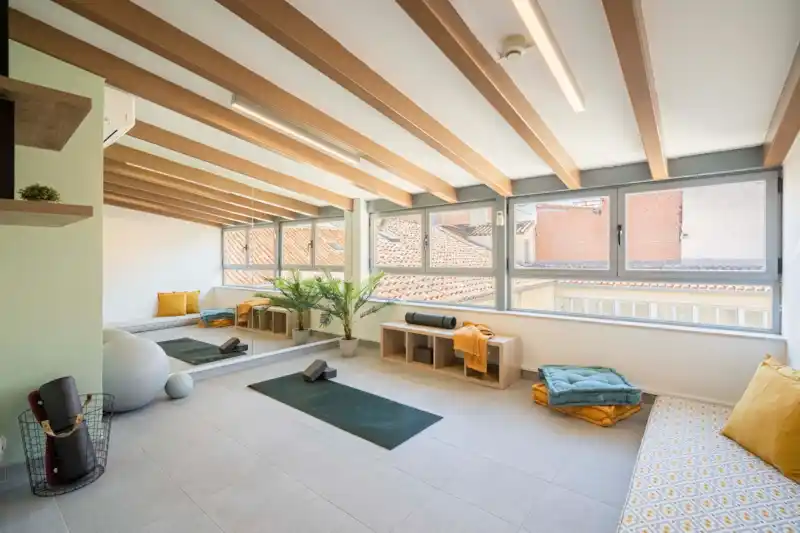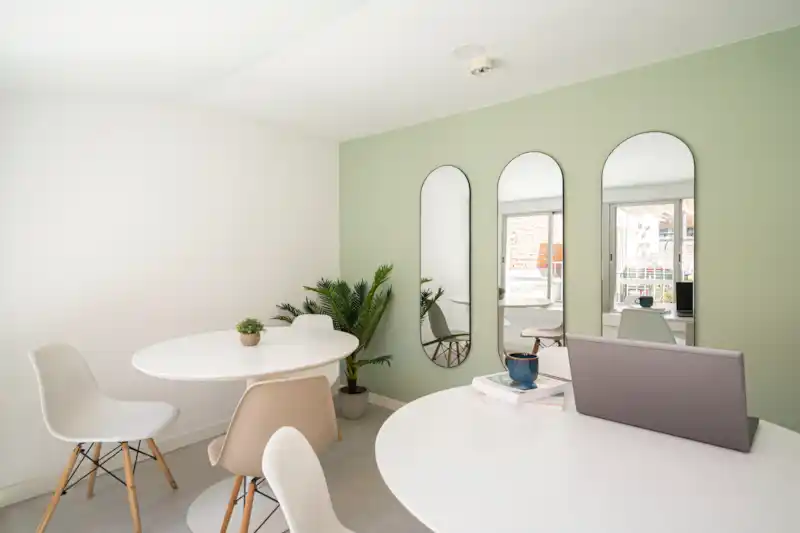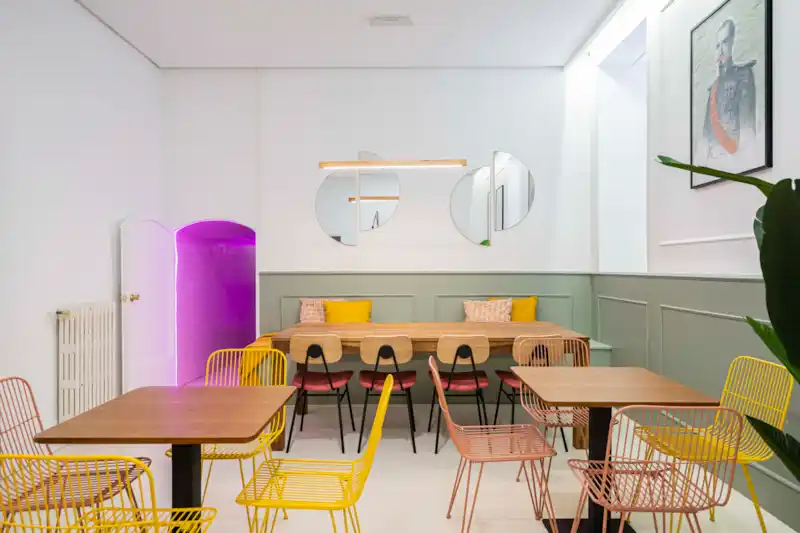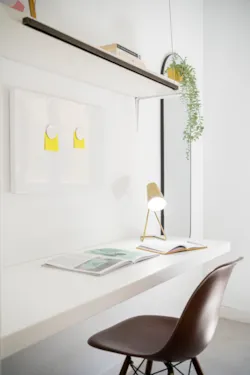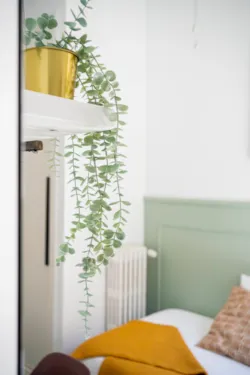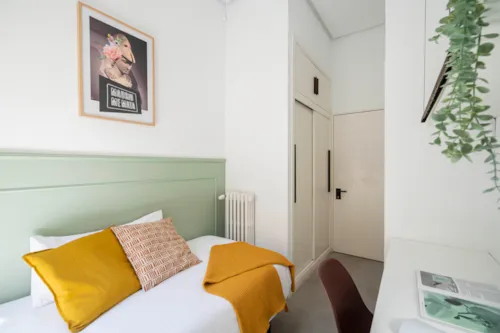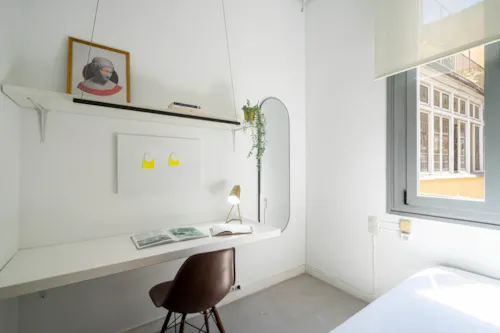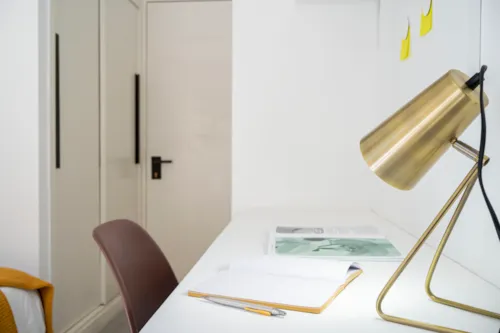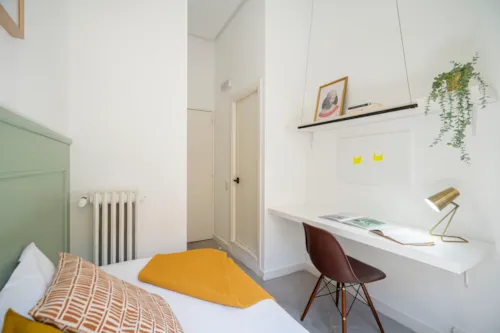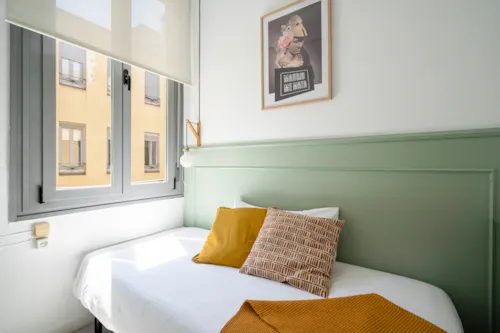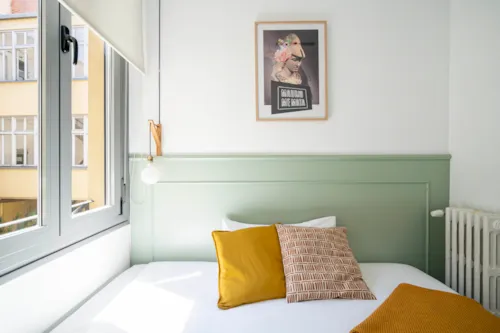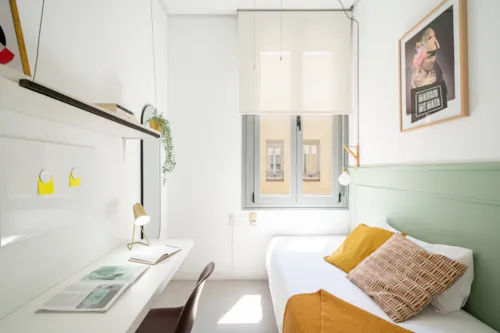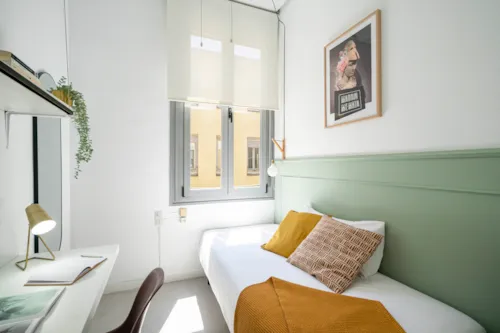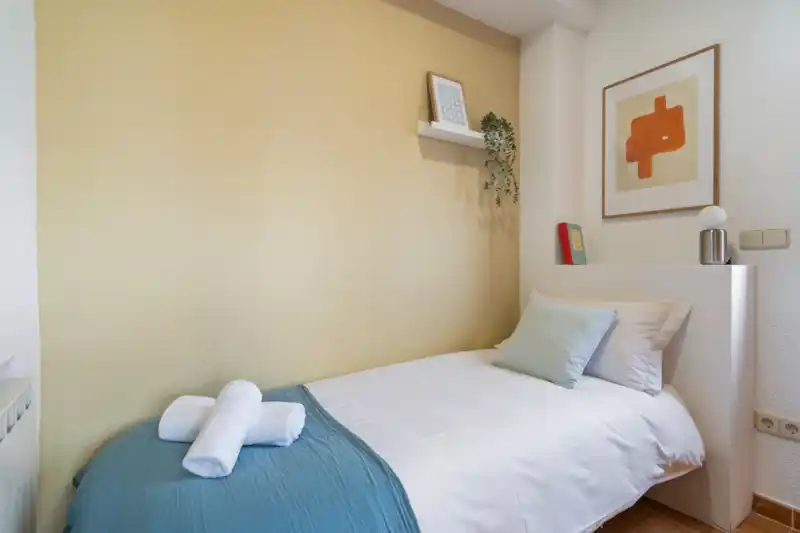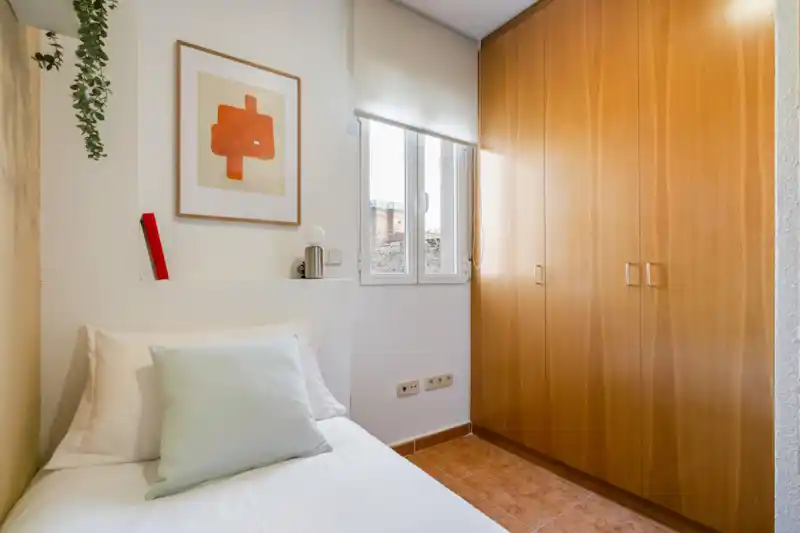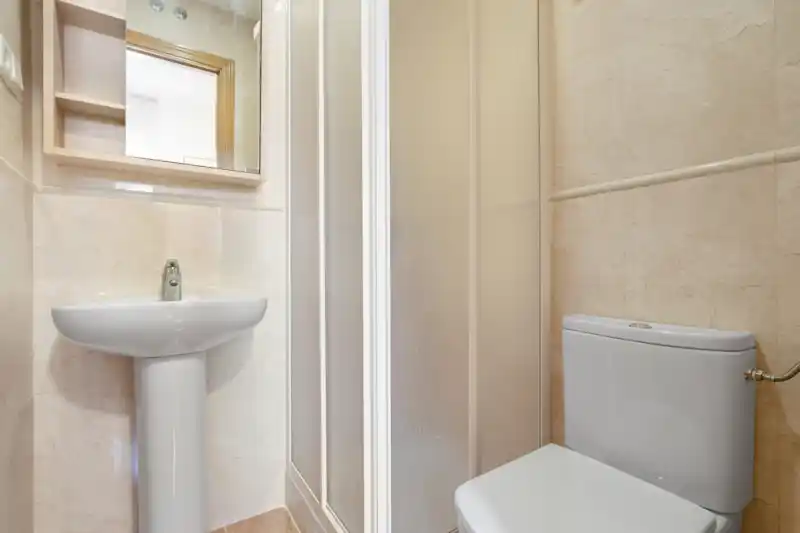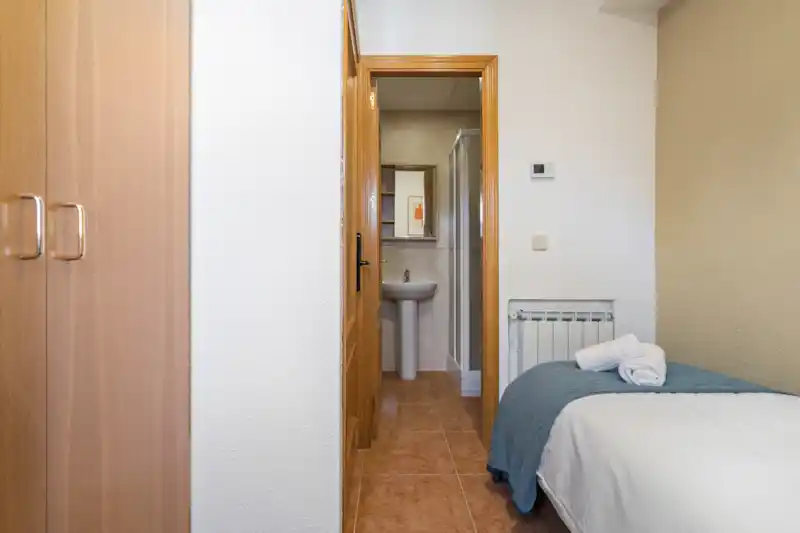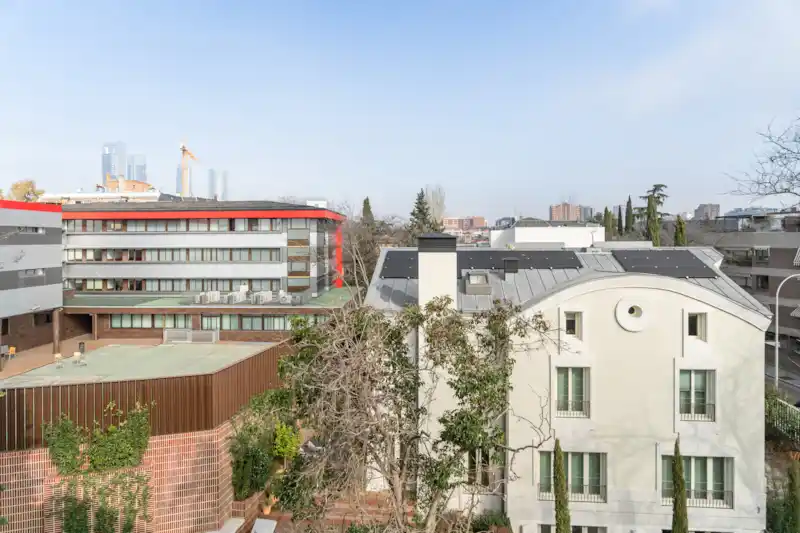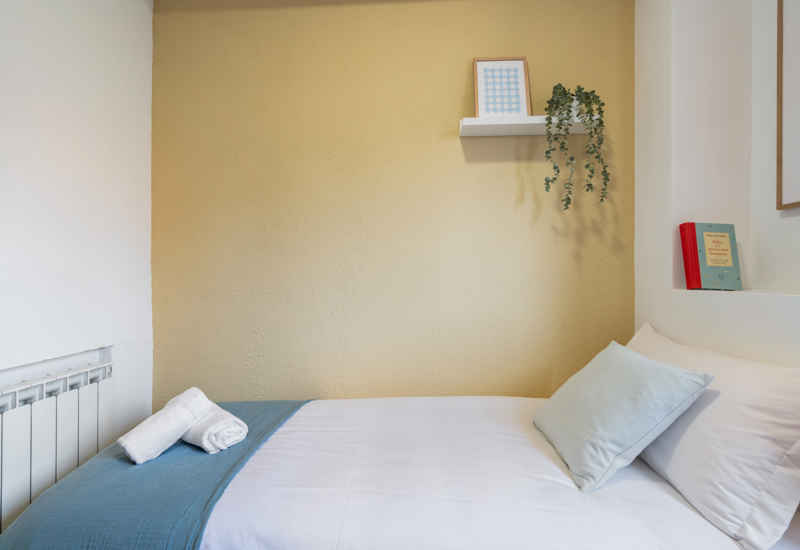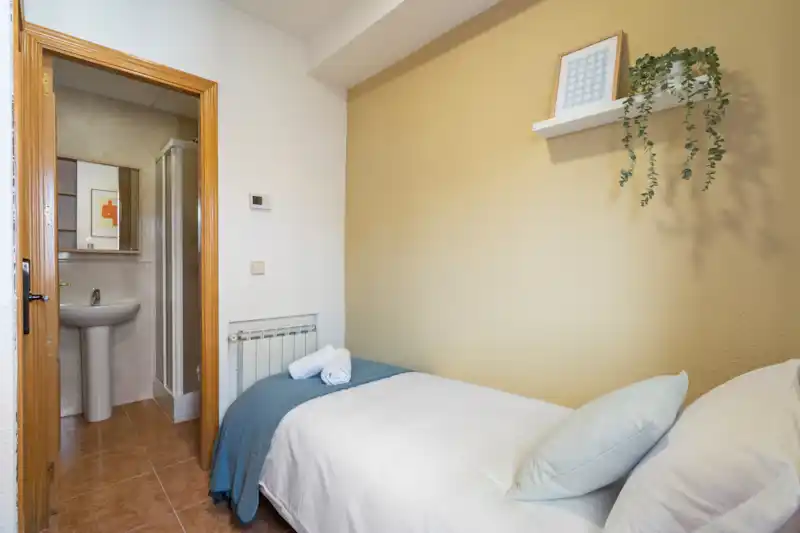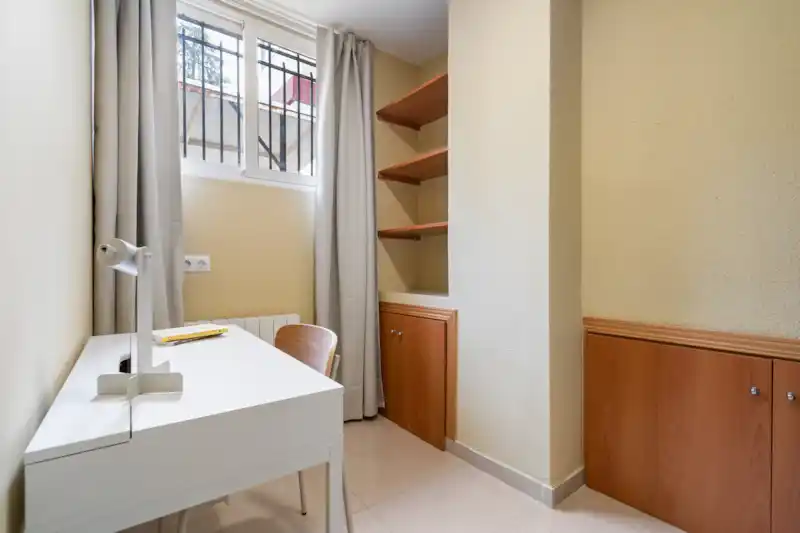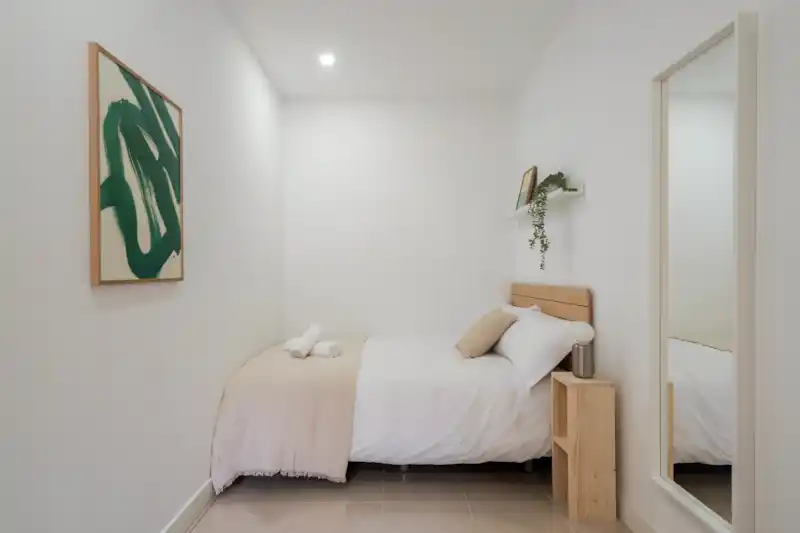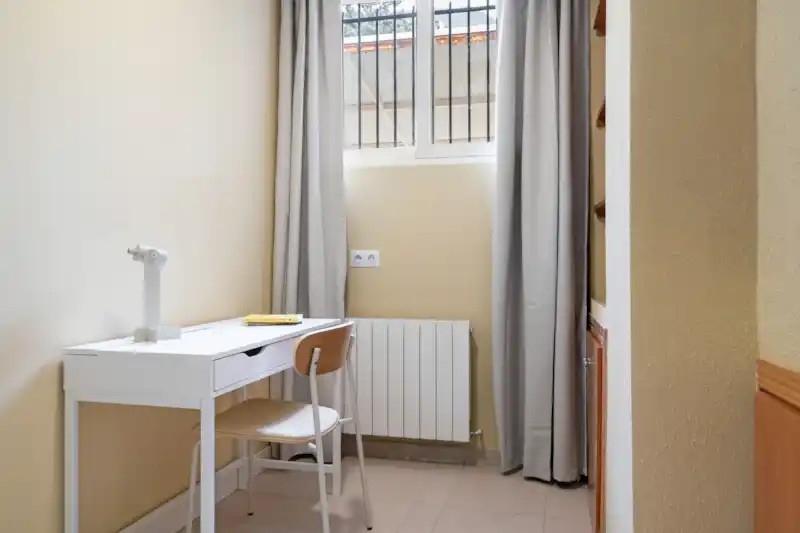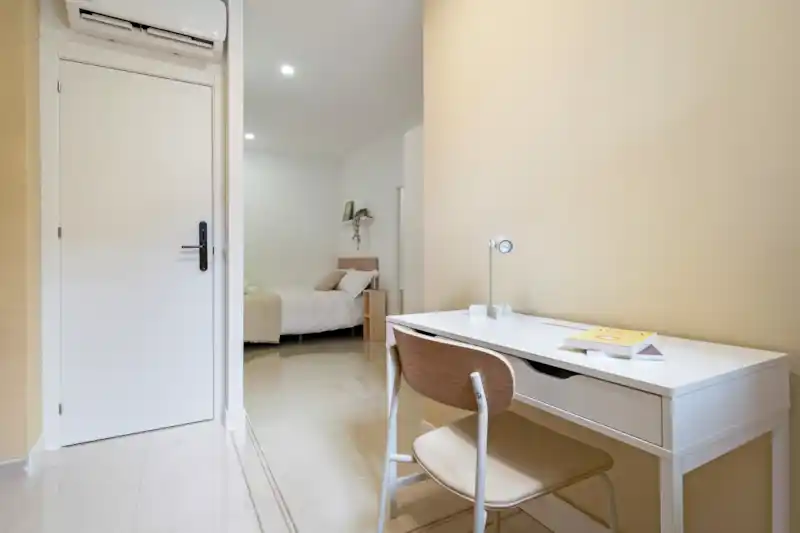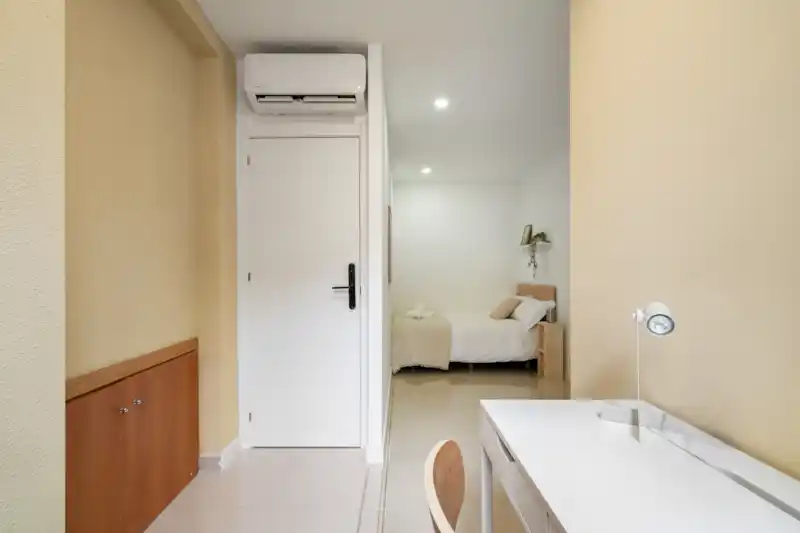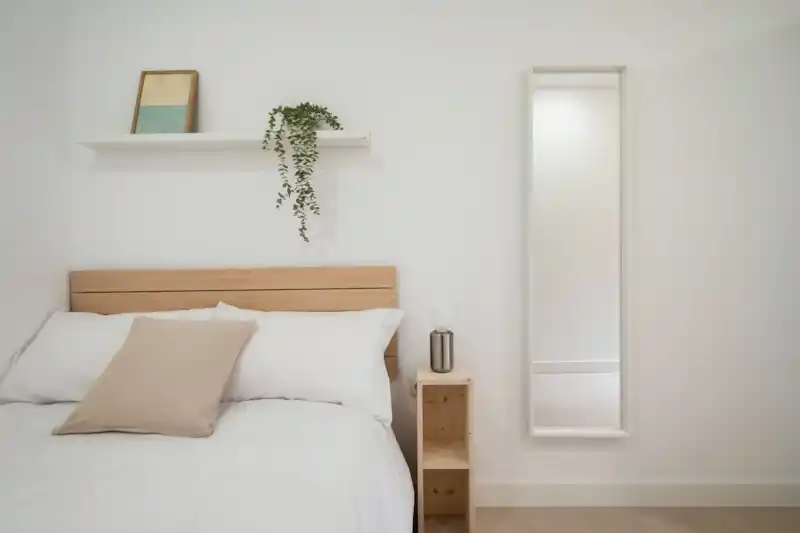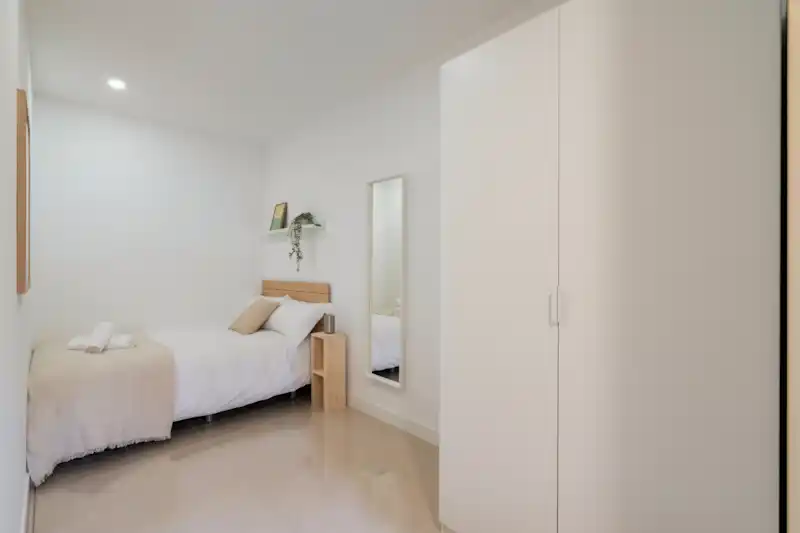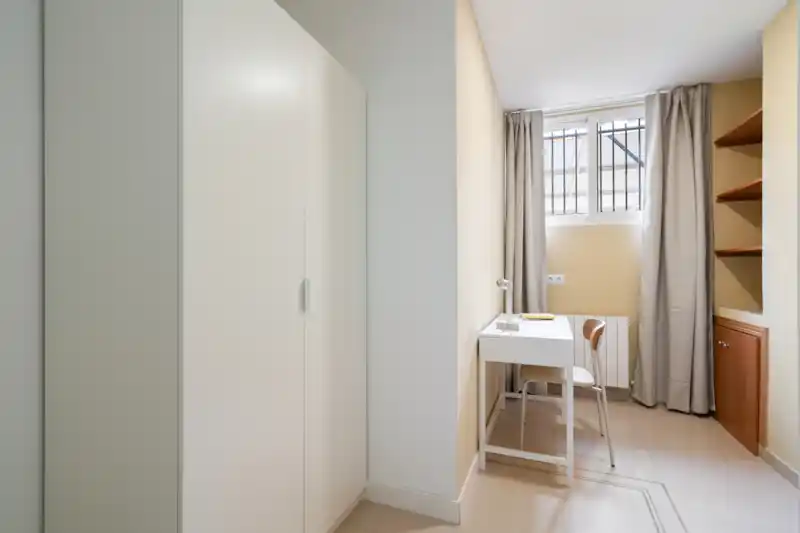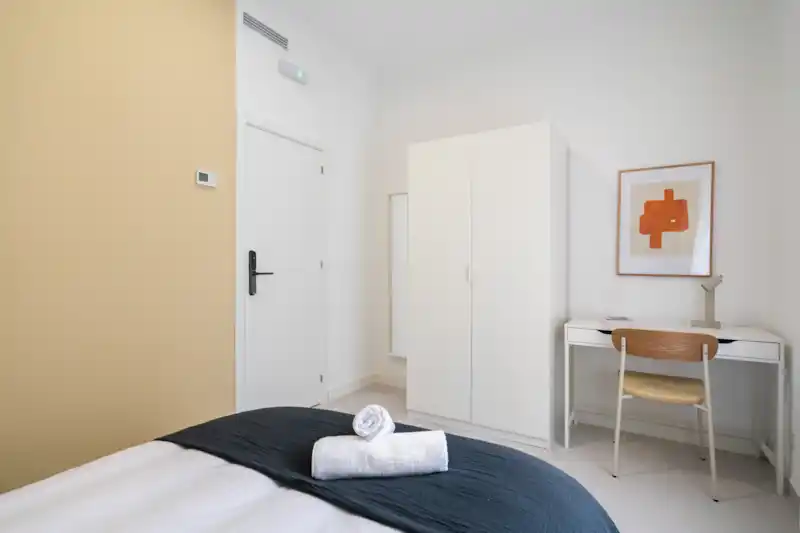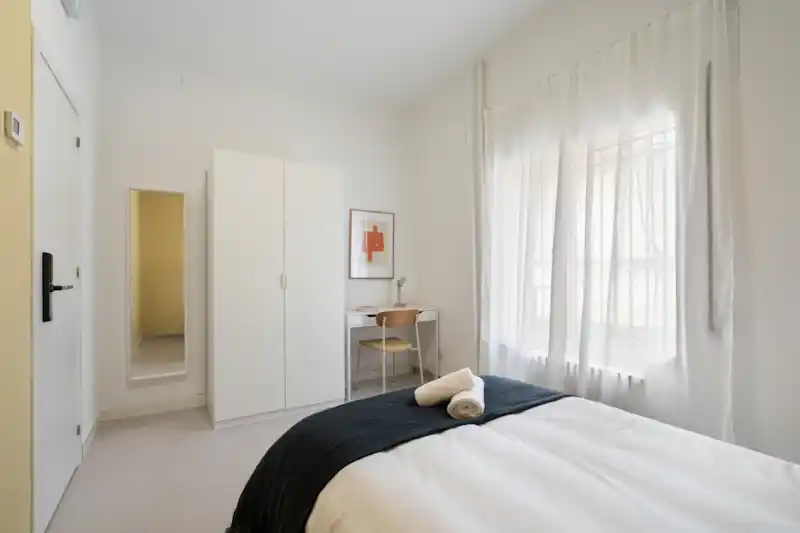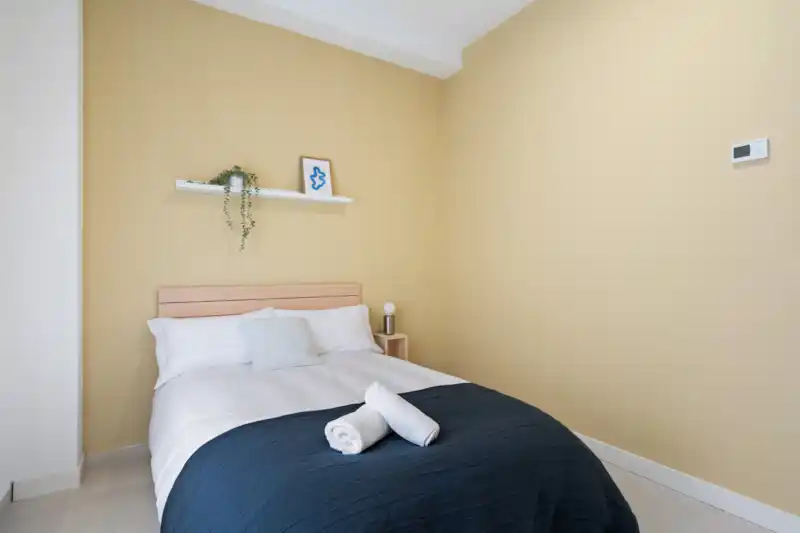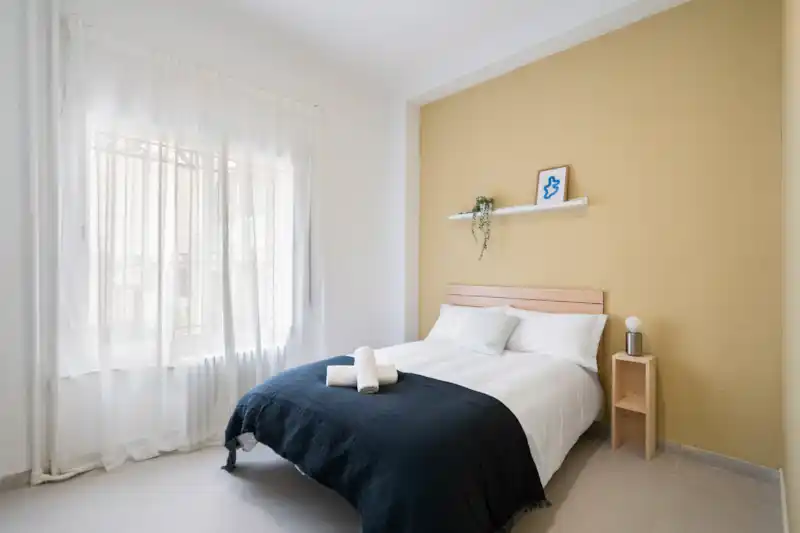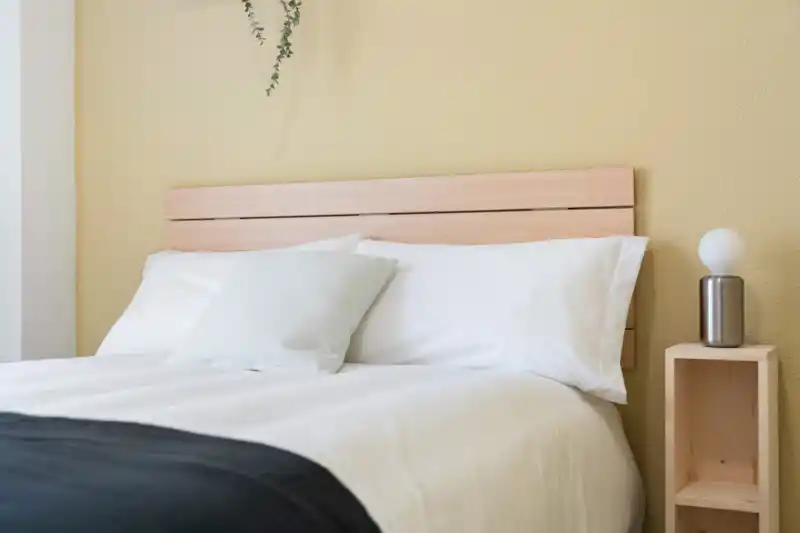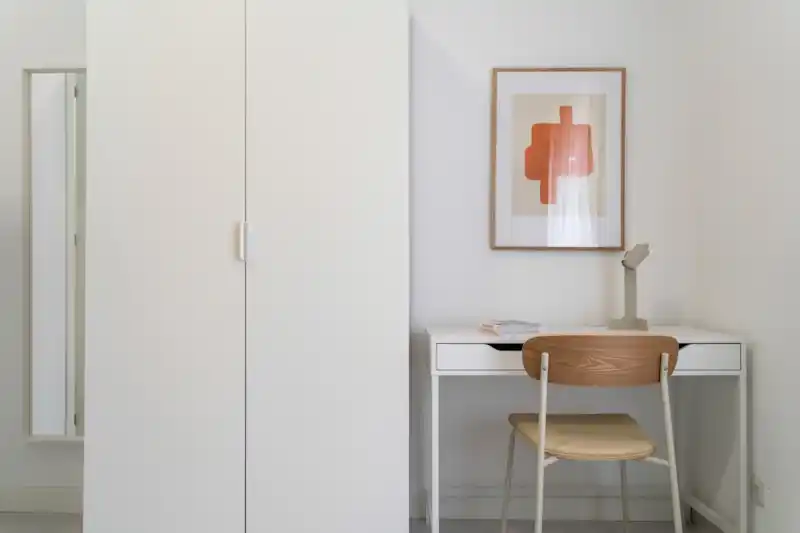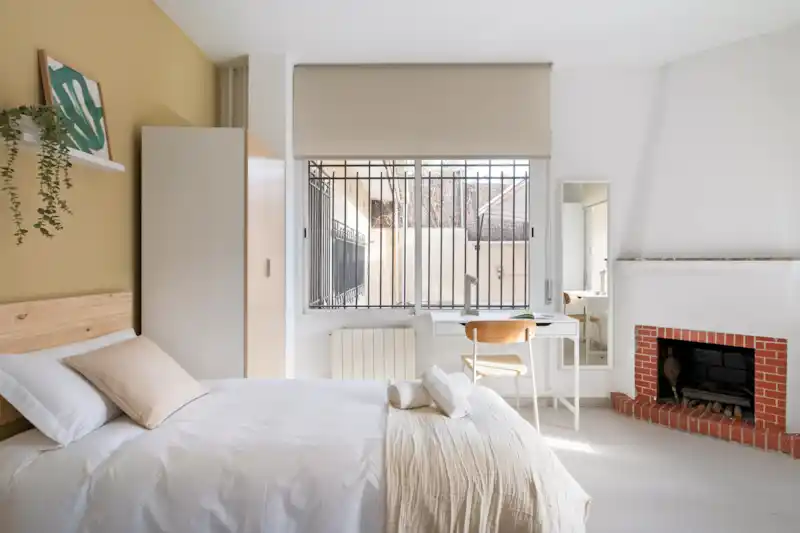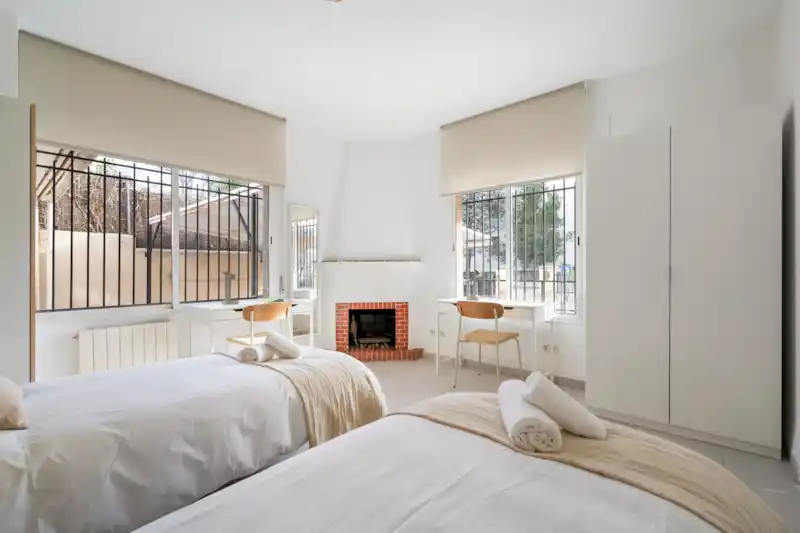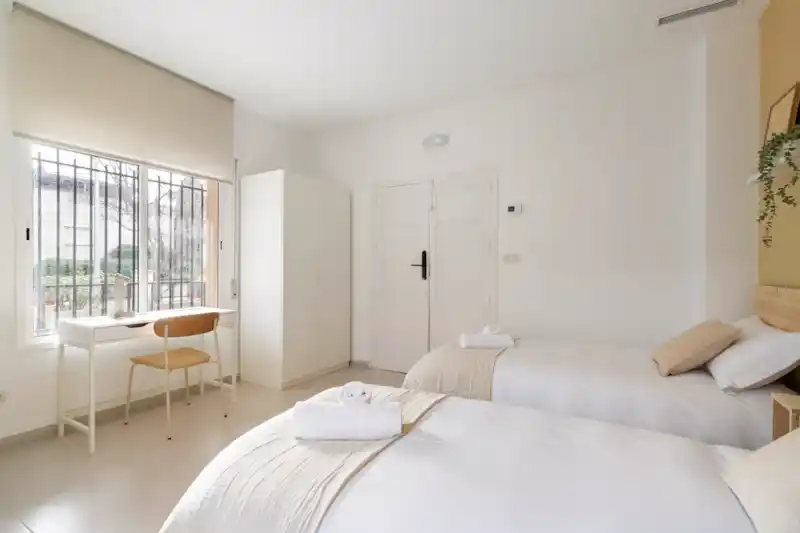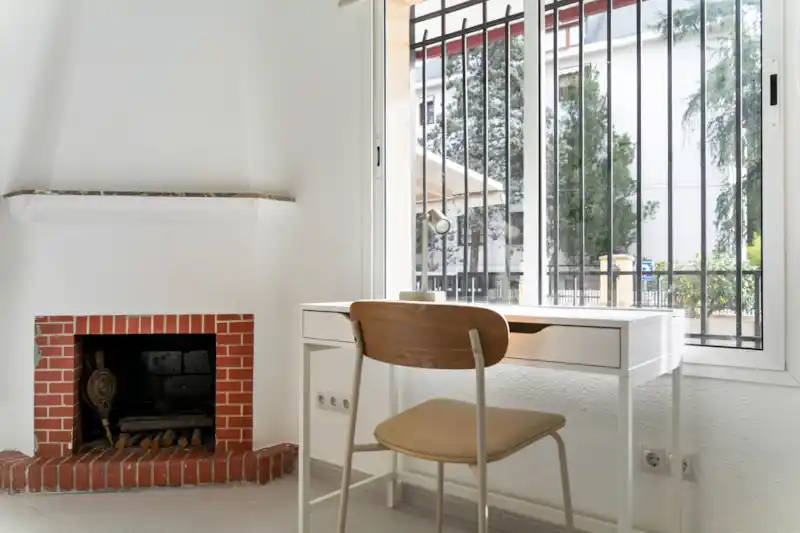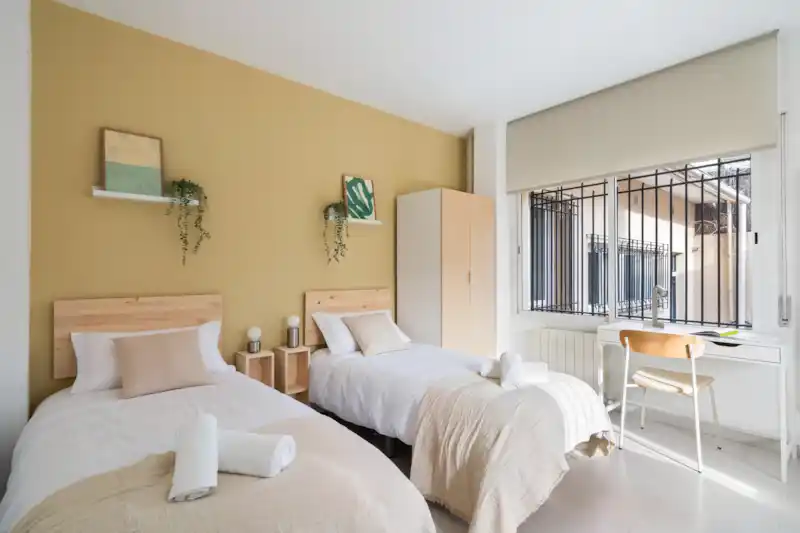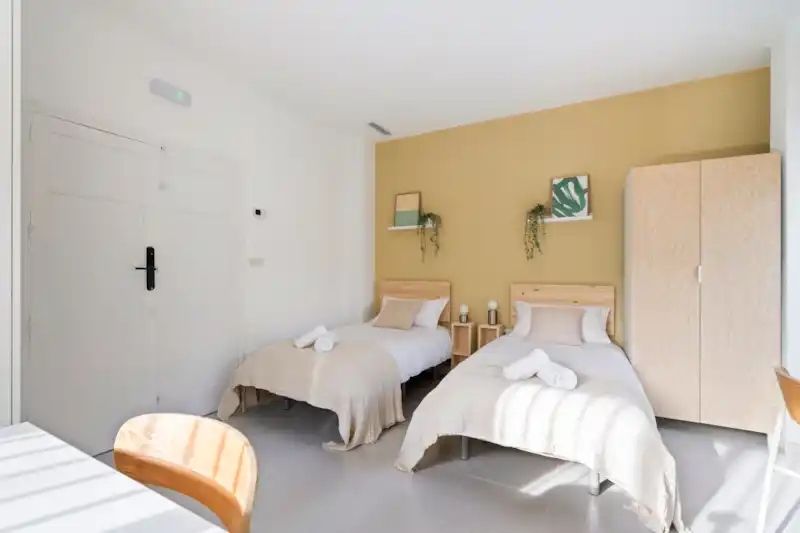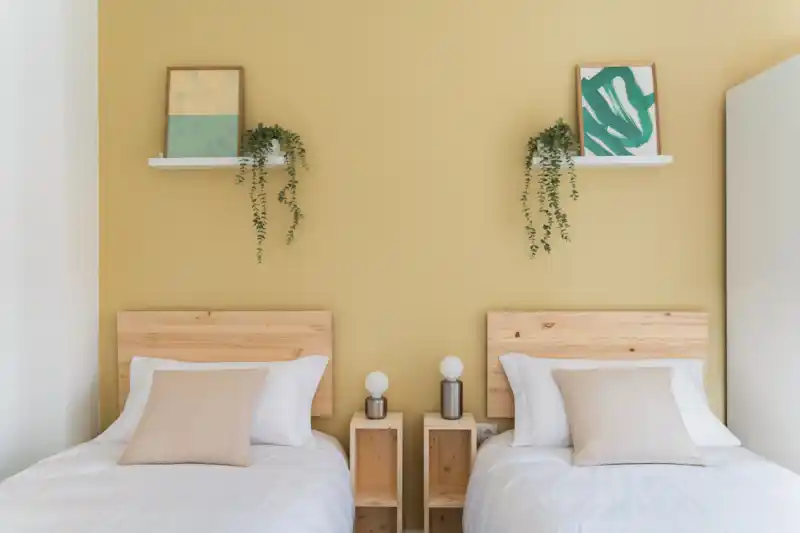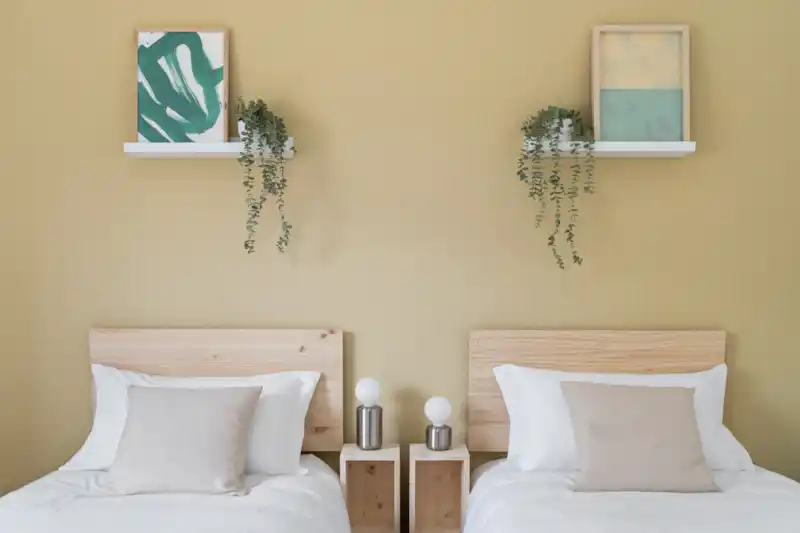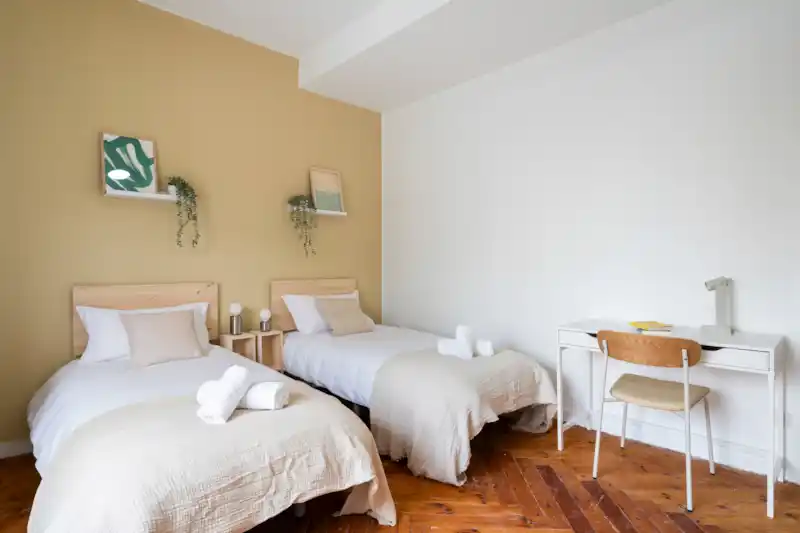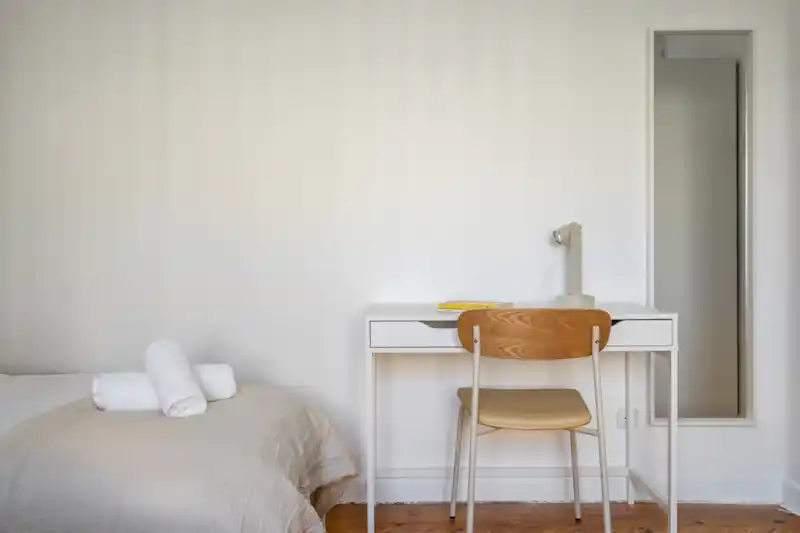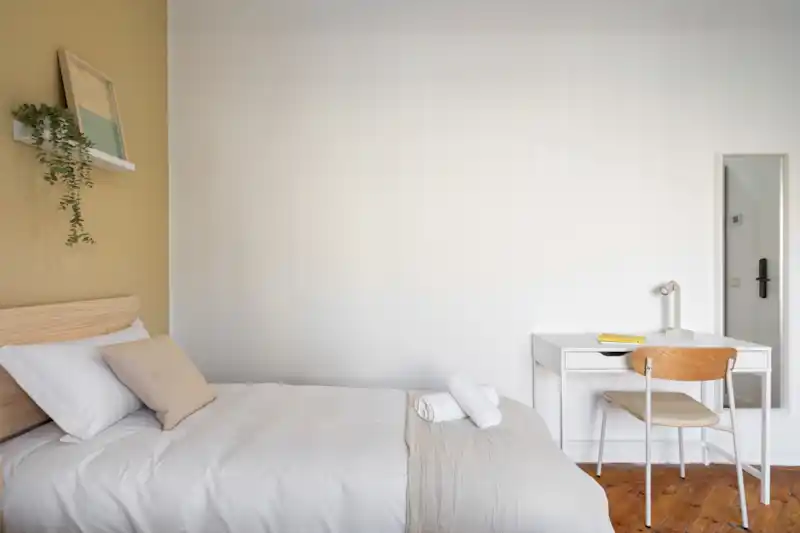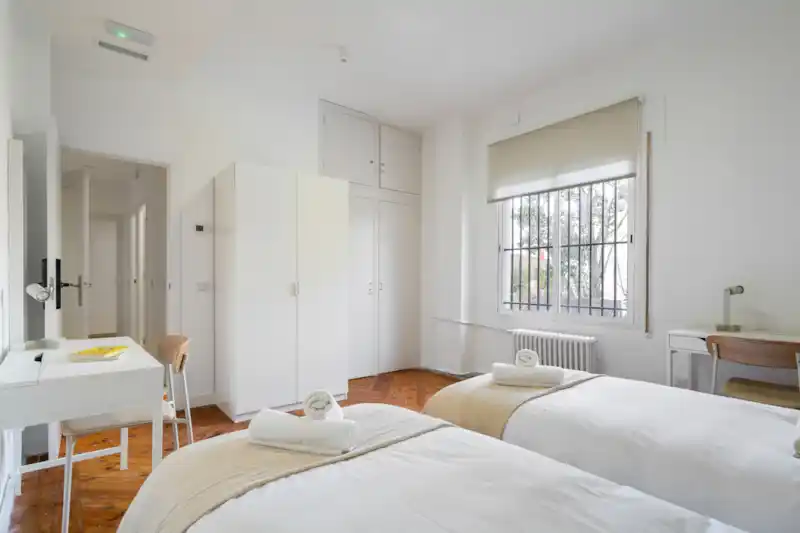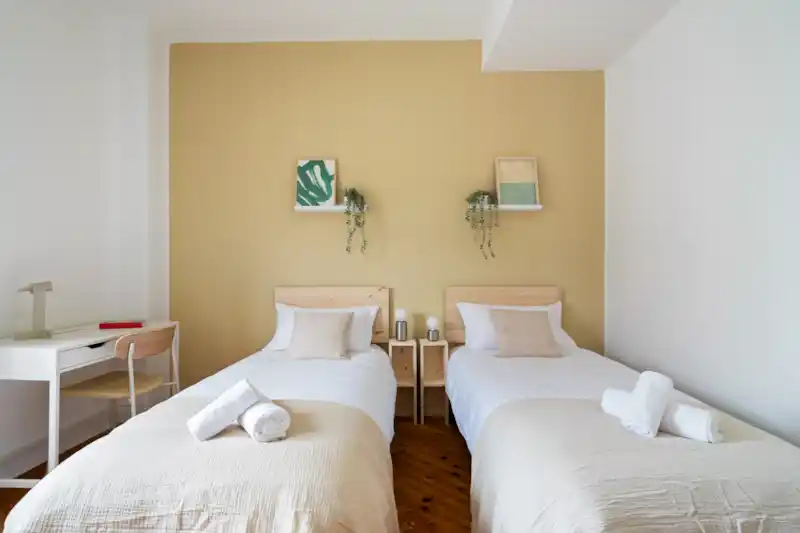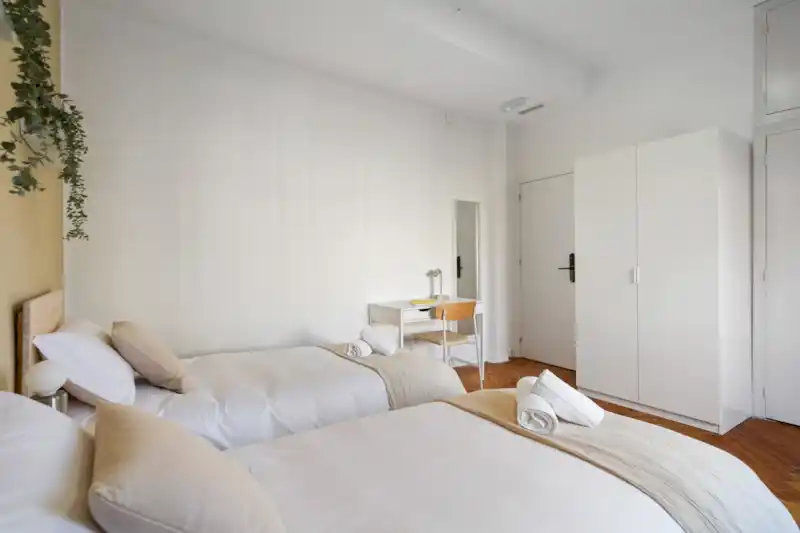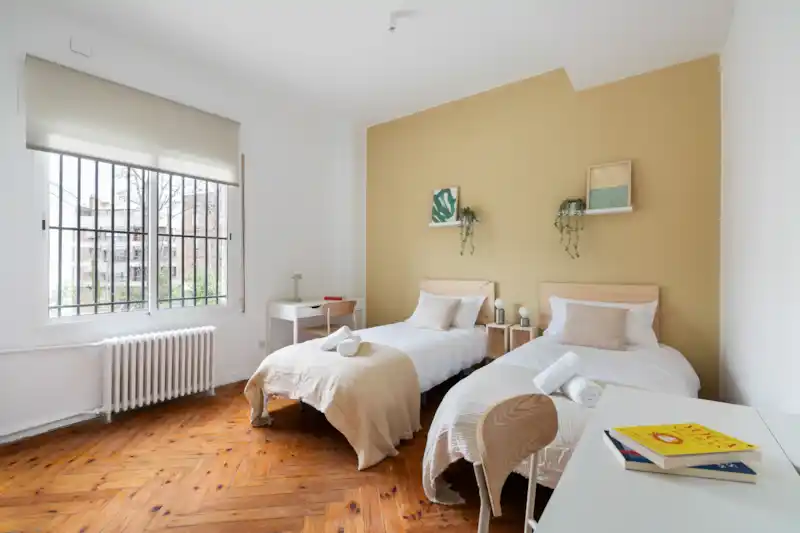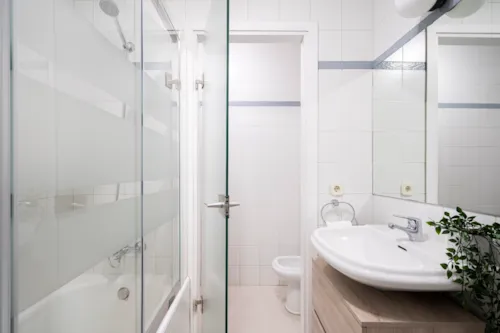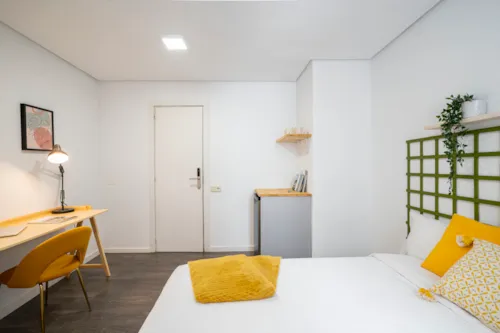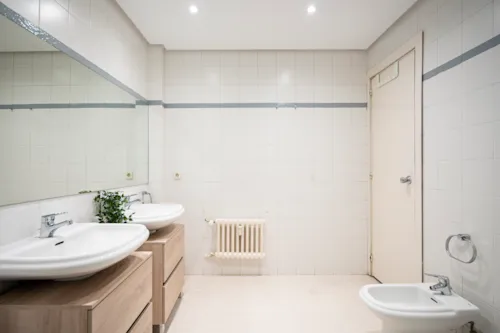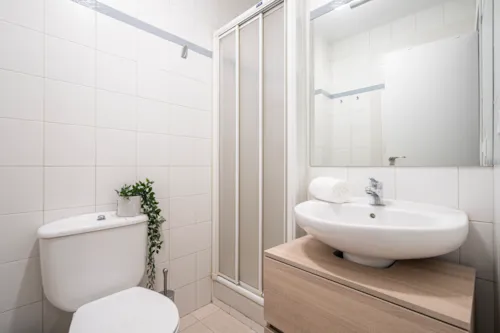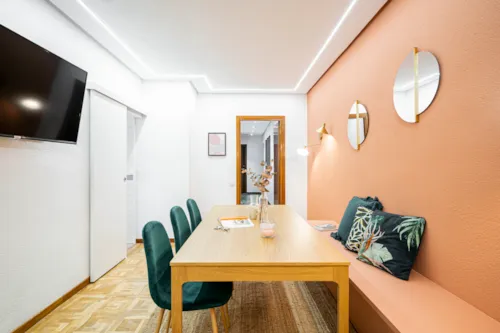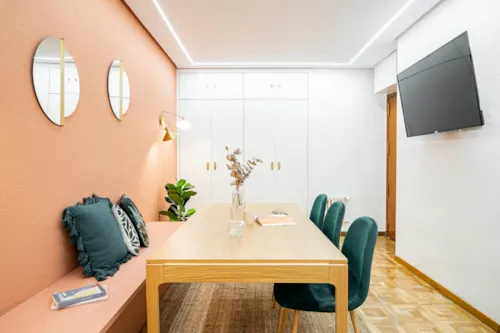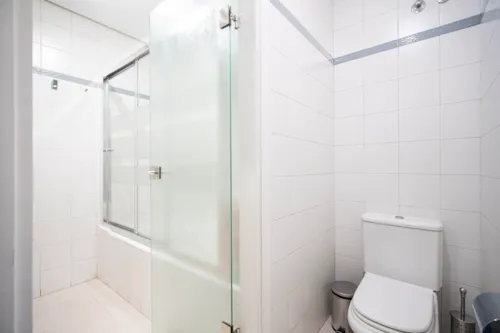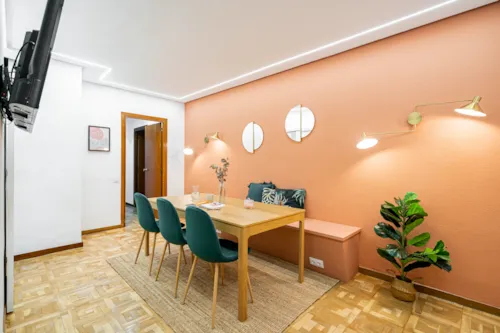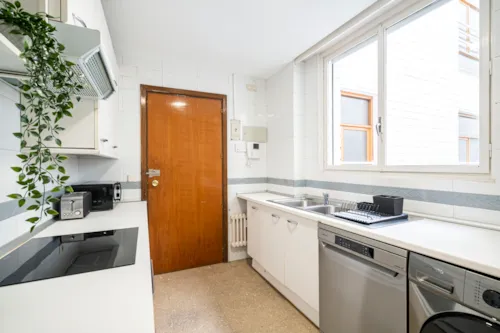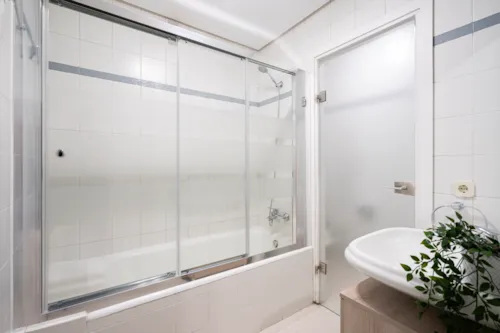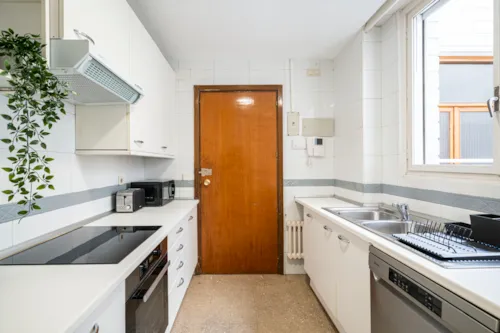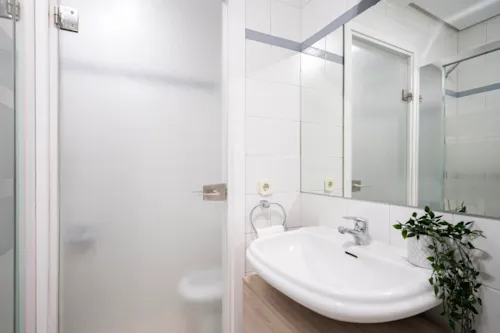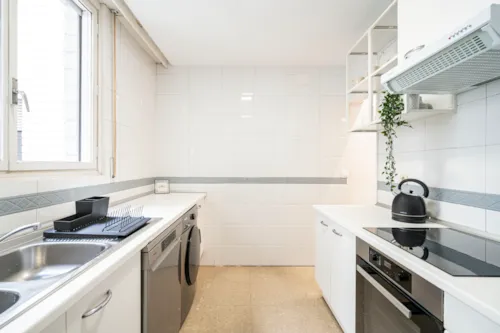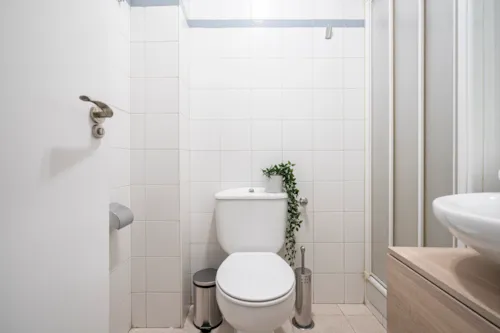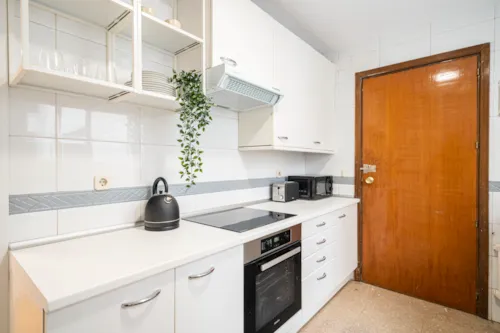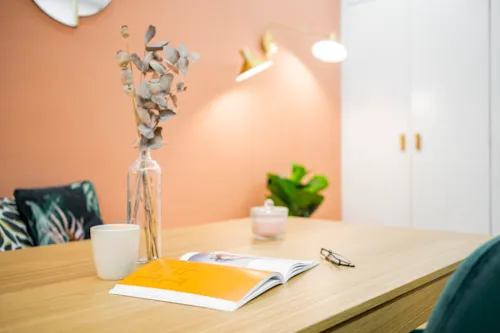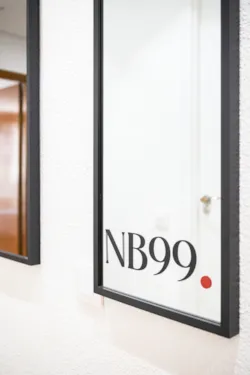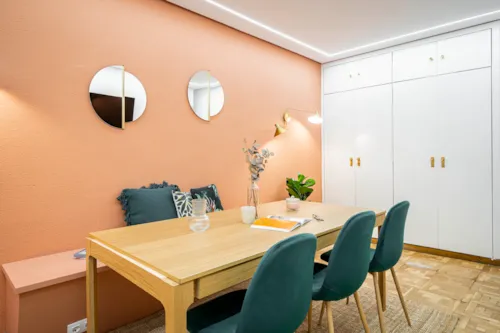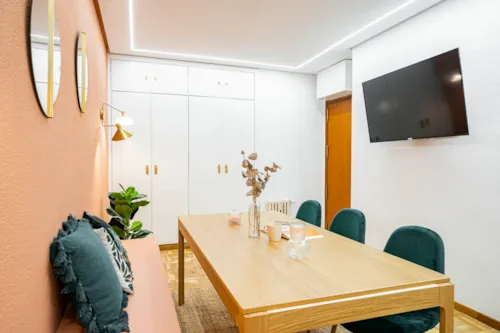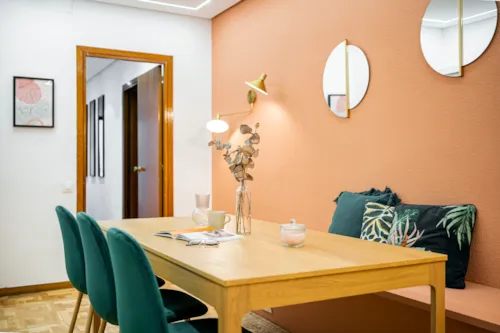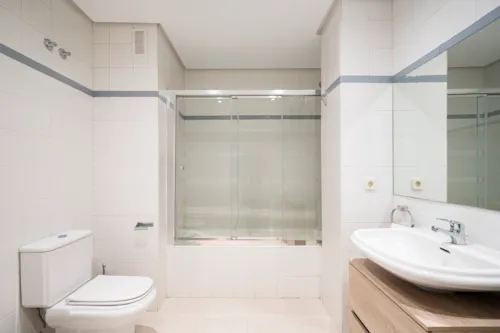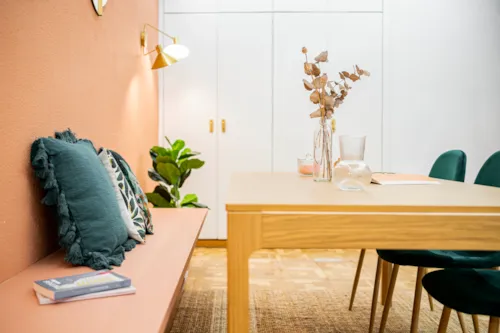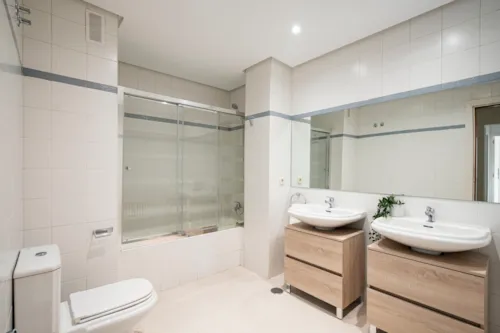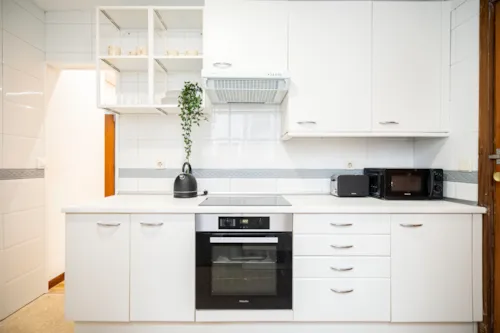
Barrio Salamanca
Salamanca District is located northeast of the centre of Madrid and stretches between Paseo de Recoletos, Paseo de la Castellana, Calle de Alcalá, Calle O'Donnell, Avenida de la Paz, Calle María de Molina and Avenida de América. The district owes its name to the Marquis of Salamanca, who initiated the construction of the area to accommodate Madrid's bourgeois and aristocratic classes.
It is one of the most important and luxurious areas both for its urban configuration and for its inhabitants. In fact, it has traditionally been a residential area inhabited in particular by leading figures in politics and business. However, in the course of time, this prerogative has given way to other aspects, such as business and commerce. Today, the district is one of the most important luxury fashion zones in the city.
The wide 19th-century boulevards are lined with sumptuous buildings, fine restaurants and clothing and design boutiques. The streets are perpendicular to each other and create a chessboard-like grid. The atmosphere throughout this area is sophisticated and the district is frequented both by locals for pleasant city walks and by tourists who want to admire its beauty.

Apartments in Barrio Salamanca
What to see and do
We begin our exploration of the district from its artistic and cultural attractions. The National Archaeological Museum houses artefacts from ancient Egypt, Greek ceramics and Roman sculptures. The main work for which it is known and visited is La Dama di Elche (the Lady of Elche), a stone bust found in the late 19th century and of uncertain provenance.
The Charles of Antwerp Foundation (Fundación Carlos de Amberes) is a historic building created at the end of the 16th century as a home for pilgrims. It houses a work of art by Rubens, The Martyrdom of Saint Andrew. The Juan March Foundation where temporary exhibitions of contemporary art and chamber music concerts are organised.
Continuing our cultural tour, in the Barrio Salamanca there is also the New Alcalá Theatre. The building has a high architectural value, consists of two halls and some of the most important musicals in the Spanish programme are staged here. On the other hand, the Tribune Theatre, located next to the Plaza de Toros de Las Ventas, hosts dramas and other innovative and topical plays.
In the Kreisler Art Gallery, founded in 1965, some of the leading Spanish and foreign artists have worked. Temporary exhibitions are organised here, usually on a monthly basis, each with its own programme. In the Guillermo de Osma Gallery, on the other hand, modern art exhibitions highlighting the historical European and Latin American avant-gardes are presented.


Strolling through the streets of the neighbourhood pay close attention because you will come across the Casa Araba, located south of the neighbourhood towards Retiro. This building was conceived as an educational space and now houses exhibitions dedicated to Arab and Muslim culture. Not far from here also stands the Valencia Tower, a residential building 94 metres high, with 27 floors and the fifteenth tallest building in Madrid.
Moving north of the district, on the other hand, you can admire the Amboage Palace, once the palace of the Marquis of Amboage and now home to the Italian Embassy. It is indeed a huge building that occupies an entire block.
Also worth mentioning is the WiZnik Centre, a multi-purpose pavilion that hosts basketball matches but also concerts by national and international artists. Nearby is Philip II Square, known as Dali Square, where you can see the Dolmen, the sculpture that the artist donated to the city.
Where to eat and drink
The district is known for elegant and refined venues suitable for partner or business dinners, but there are several even cheaper choices if you want to eat tapas in Barrio Salamanca.
Here's where to sample excellent pinchos (appetiser snacks) or choose the menu of the day: Jurucha, a simple place with a terrace with lots of tapas and draught beer; CarmenBar, classic and creative taps with Spanish wine in a modern setting.
Tapas & Lounge Bar Madrid, a sophisticated restaurant with terrace offering tapas and montaditos (small stuffed sandwich).
If you are looking for a place to drink good wine, at Sobre Vino you can drink and eat while choosing from the menu of the day which dish you want. Or at Café Dosaka, in addition to the delicious tapas, you can stop for breakfast or an afternoon break, choosing between the cafeteria and the restaurant.
Speaking of breakfast or a snack, La Merendona is the right place for a sweet snack; or Moon the New Croissant, which offers all kinds of croissants, natural fruit juices and smoothies in addition to cafeteria products. Manolo Bakes is an elegant coffee and pastry shop that also specialises in mini portions; Santagloria Coffee & Bakery, sweet and savoury solutions from breakfast to lunch.


Barrio Salamanca is also home to three restaurants that have been awarded a prestigious Michelin star: La Tasqueria directed by Javi Estévez; Ramón Freixa Madrid located at the Hotel Único; and Ricardo Sanz Wellington, under Ricardo Sanz, combines Japanese recipes with local products.
When night falls, the neighbourhood comes alive and still has much to offer. Between nightclubs and pubs in Barrio Salamanca you are sure to have a good time. For beer and maybe a burger you can count on James Joyce Irish Pub, or Bar la Jara y La Pipa, a wide variety of beers including imported varieties. If you are looking for something a little more refined for an aperitif or after dinner: Dry Martini Bar, an elegant cocktail bar inside the Hotel Grand Melià Fénix.
To enjoy the nightlife, here you will find trendy discos such as La Flaca, Graf Madrid and clubs like Serrano 41. Take in the view from the El Cielo de Alcalá terrace, with bar service, located on the eighth floor of the H10 Puerta de Alcalá hotel.

c
The Barrio Salamanca is also known as the Golden Mile of fashion, which sees its commercial axis mainly in Calle Ortega y Gasset. Here you will find boutiques, luxury shops and the proposals of the great international designers.
Although shopping here is not for everyone, it is worth strolling along the streets and admiring the shop windows of clothes, shoes, jewellery and luxury watches that will leave you speechless. It is also a popular district for art collectors, who find exhibitions, galleries and auction houses to buy works of art.
But Salamanca also offers something else, such as the Mercado de la Paz, a popular open-air market with food stalls: fruit and vegetables, meat and fish, even gourmet dishes. You can find it Monday to Friday from 9am to 8pm and on Saturday mornings from 9am to 2.30pm. Another indoor market for fresh produce is the Mercado de Torrijos, open Monday to Saturday from 9am to 9pm.
Another symbol of the district is the Mercado de las Flores, which is organised for the Christmas period in Jorge Juan Street. This becomes a meeting point for flower lovers but also for local craftsmen and traders who come to show their creations.

Some questions?
Have more questions?
